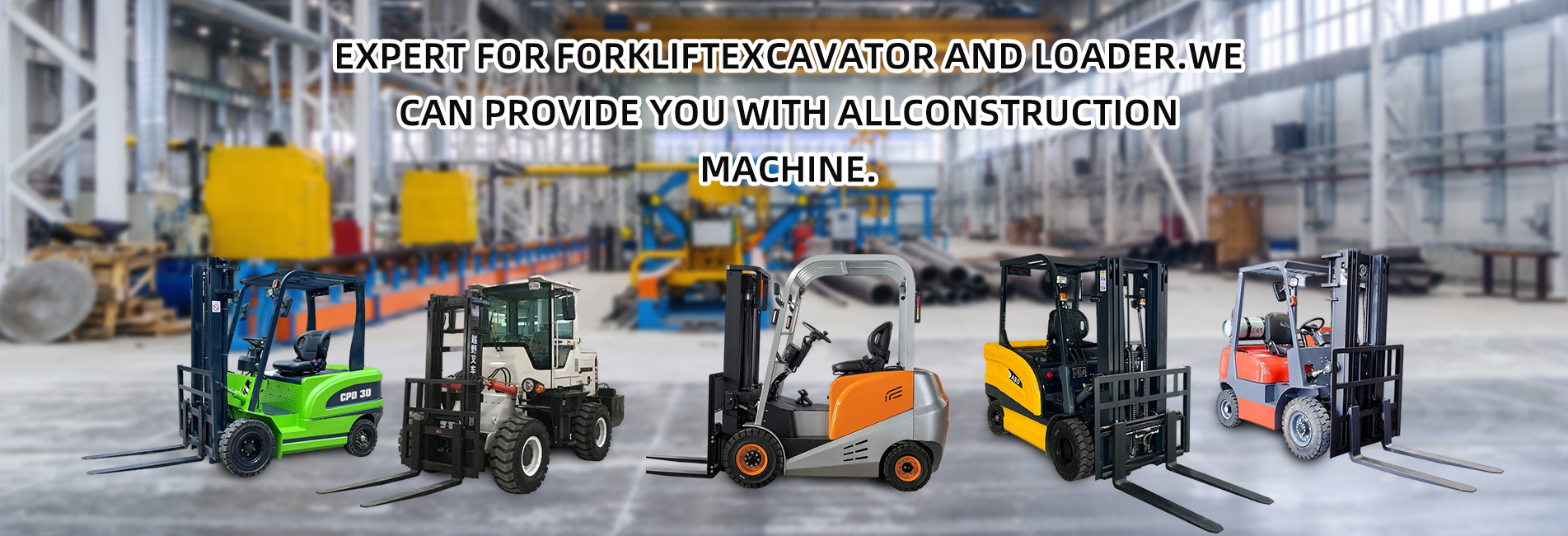Fuel-powered forklifts (i.e., forklifts powered by internal combustion engines, usually using fuels such as diesel, gasoline, or liquefied petroleum gas) demonstrate significant advantages in numerous scenarios due to their unique performance characteristics, as follows:

- Strong power and outstanding load-carrying capacity
The output power and torque of fuel engines are generally higher than those of electric forklifts. Especially when handling heavy goods (such as items weighing several tons or even more than ten tons), they can more easily complete operations such as lifting, handling, and stacking.
In working conditions with slopes or high resistance, such as ramps and muddy roads, fuel-powered forklifts have more stable power output, stronger climbing and traction capabilities, and are less likely to experience insufficient power. - Strong endurance, with unlimited working hours
As long as fuel is refueled in a timely manner, fuel-powered forklifts can operate continuously. The range after a single refueling is much longer than that of electric forklifts after a single charge, making them particularly suitable for scenarios requiring long-term, high-intensity continuous operations (such as all-weather cargo loading and unloading at ports and freight stations).
The refueling process is fast and convenient, usually completed in a few minutes. Unlike electric forklifts, which take several hours to charge, there is no need to worry about work interruptions due to battery depletion, which can effectively ensure work progress. - Adaptability to complex environments and high durability
They have stronger adaptability to the working environment. In harsh environments such as low temperature, high temperature, humidity, and dust (such as construction sites, outdoor yards, and near cold storage warehouses), the performance of fuel-powered forklifts is less affected. For example, in cold winters, the battery capacity of electric forklifts may drop significantly, while fuel-powered forklifts are hardly affected by low temperatures.
Their mechanical structure is relatively sturdy, with components having strong wear resistance and impact resistance. For scenarios with uneven ground, vibration, or collision risks (such as the transfer of heavy materials in factory workshops), they can better withstand harsh usage conditions, have a longer service life, and their maintenance costs are relatively controllable. - Wide range of applications and high flexibility
They do not rely on fixed charging facilities, and the operating location is not limited by power cords or sockets. They can work freely in places lacking power supply, such as open outdoor areas, remote construction sites, and large warehouses.
Equipped with different attachments (such as side shifters, clamps, rotators, etc.), they can flexibly meet the handling needs of various materials (such as barreled goods, plates, containers, etc.). The applicable industries cover multiple fields including industrial production, warehousing and logistics, ports and docks, construction, and agriculture. - Relatively simple maintenance and repair
The maintenance technology for fuel engines is mature. Maintenance personnel in the market have richer experience in their structure and fault handling, and maintenance outlets are more widespread. When a fault occurs, professional personnel can be quickly found for inspection and repair.
Compared with the complex battery management systems and motor control systems of electric forklifts, the maintenance process for the mechanical components of fuel-powered forklifts is simpler. Some minor faults can be handled by on-site staff with basic operations, reducing downtime waiting time.
In summary, relying on strong power, long-lasting endurance, excellent environmental adaptability, and wide applicability, fuel-powered forklifts remain indispensable and efficient handling equipment in scenarios requiring high-intensity, heavy-load, outdoor, or complex environment operations.


